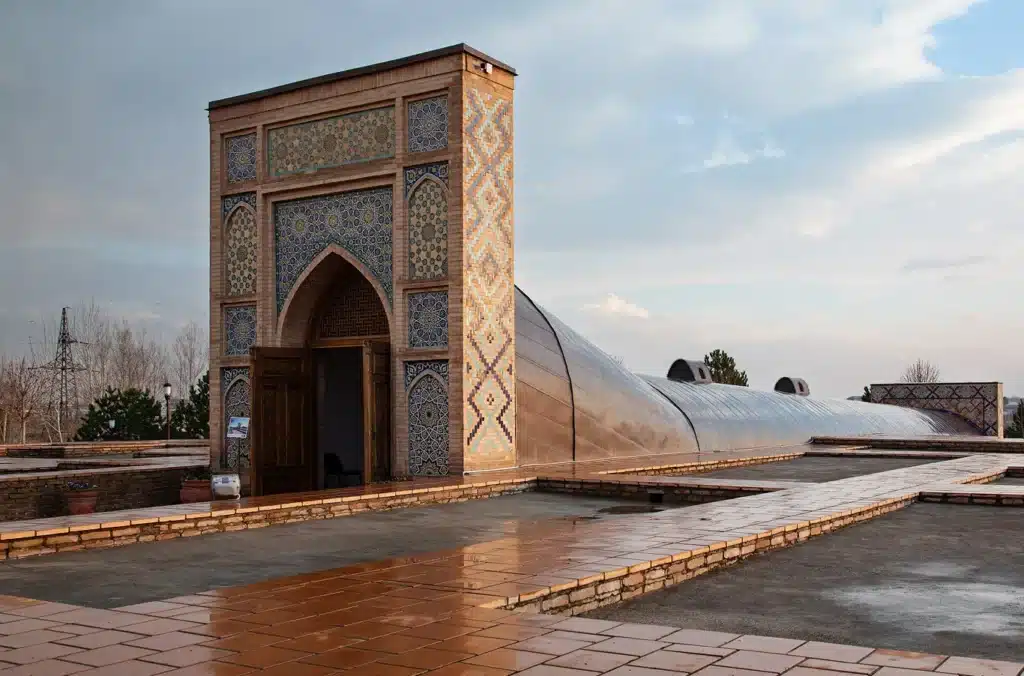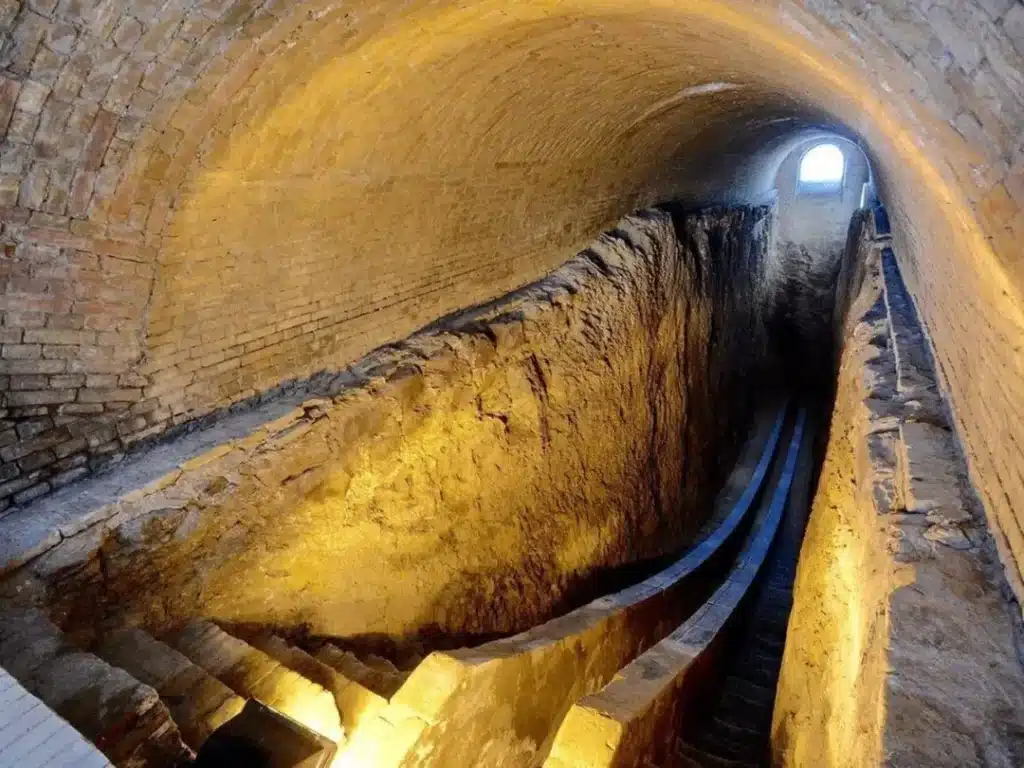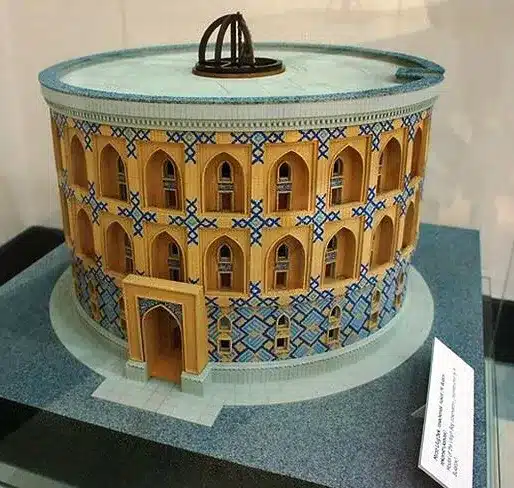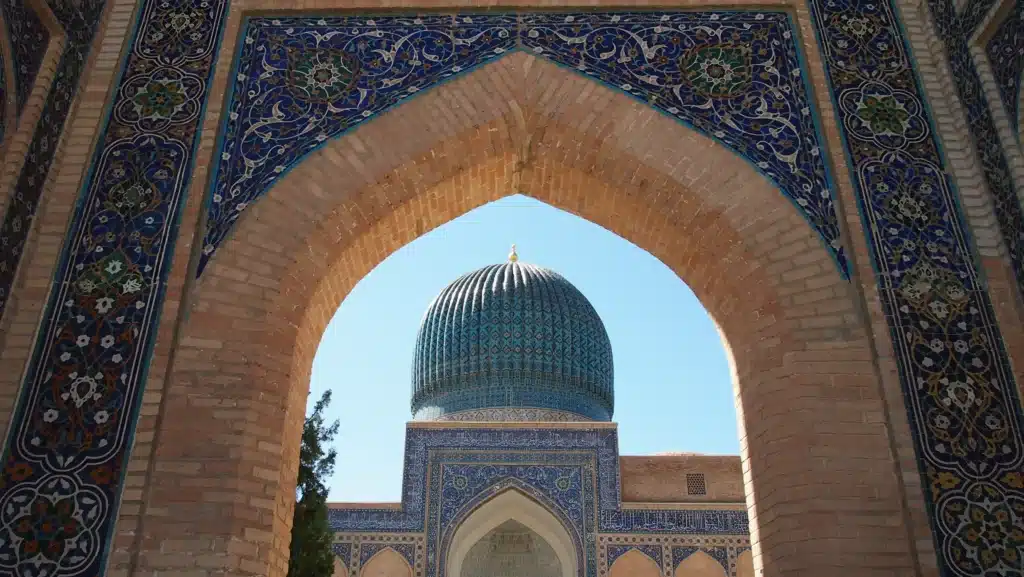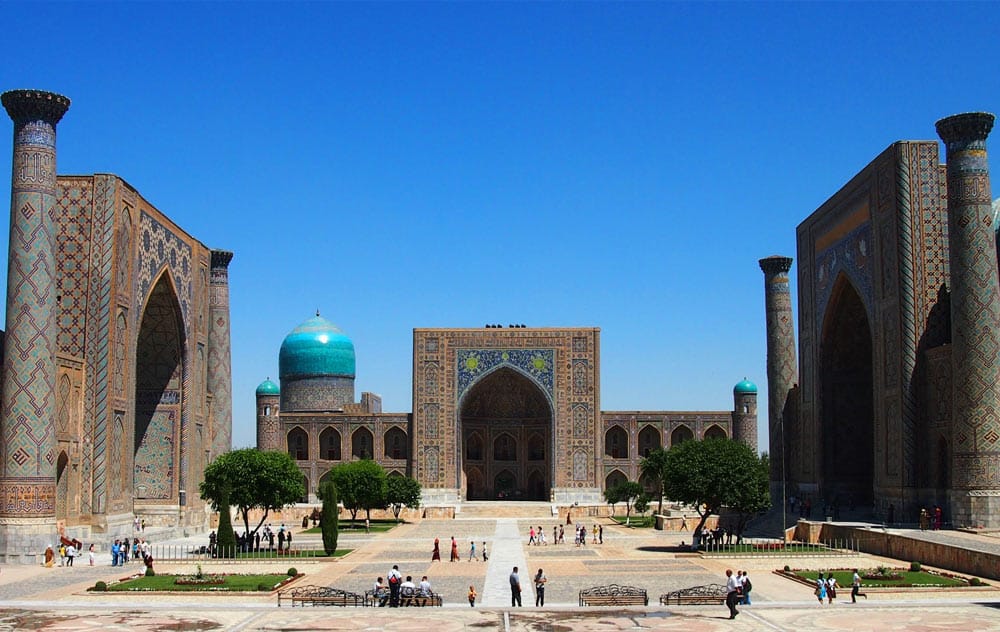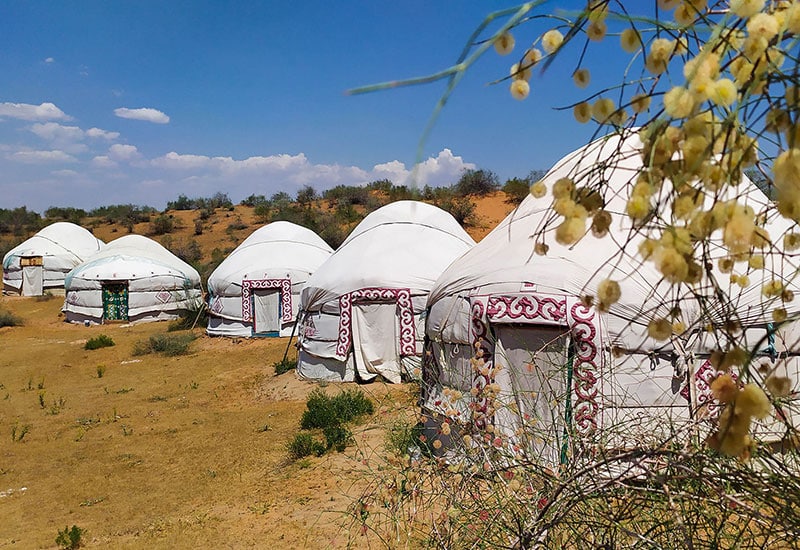The Legacy of Ulugh Beg: Science and Astronomy in Medieval Samarkand
Introduction: A Scholar Among Kings
In the heart of medieval Samarkand, amidst mosques and markets, rose a different kind of monument — one dedicated not to power, but to the pursuit of knowledge. Ulugh Beg, grandson of Timur and ruler of Samarkand in the 15th century, left a legacy that shines not on the battlefield, but among the stars.
Who Was Ulugh Beg?
Born in 1394, Ulugh Beg was more than a Timurid prince. He was a passionate astronomer, mathematician, and scholar. Though heir to an empire, his true love lay in unraveling the secrets of the cosmos.
Unlike many rulers of his time, Ulugh Beg didn’t just fund learning — he led it. His court became a gathering place for scientists, poets, and philosophers from across the Islamic world.
The Samarkand Observatory: Ahead of Its Time
In 1428, Ulugh Beg built one of the most advanced observatories in the world, located just outside the city center of Samarkand. Constructed with meticulous care, the observatory housed a monumental sextant over 36 meters in radius, built into the ground.
With this massive instrument and a team of leading astronomers, Ulugh Beg created the most accurate star catalogue of his time. His Zij-i Sultani (Sultan’s Astronomical Tables) listed over 1,000 stars with unprecedented precision — and was later used by European scientists centuries later.
Key Achievements:
- Calculated the length of the solar year with remarkable accuracy (365.257 days)
- Compiled one of the most precise astronomical tables before the invention of the telescope
- Created an educational center adjacent to the observatory to train young scientists
A Legacy Beyond Borders
Ulugh Beg’s contributions laid the foundation for future generations of scientists, both in the East and the West. Though his reign ended tragically and the observatory was later destroyed, its remnants and his writings continued to inspire astronomers for centuries.
Many historians argue that Ulugh Beg’s observatory represents the height of scientific achievement in the Islamic Golden Age. Today, it serves as a symbol of how Central Asia once led the world in the study of the stars.
Visit the Ulugh Beg Observatory Today
Travelers visiting Samarkand can walk through the ruins of this extraordinary observatory. The on-site museum displays original instruments, star charts, and tells the story of Ulugh Beg’s astronomical genius.
Standing at the site, one can almost feel the quiet echo of celestial calculations being whispered into the night sky.

